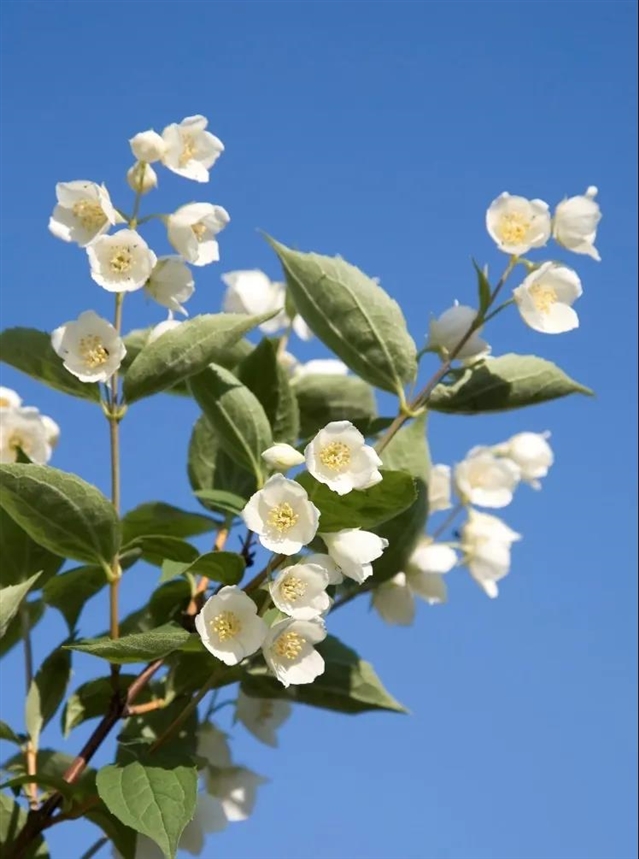|
|
|
|
|
串联重复基因在植物代谢进化中的作用 | BMC Biology |
|
|
论文标题:Tandem gene duplications drive divergent evolution of caffeine and crocin biosynthetic pathways in plants
期刊:BMC Biology
作者:Zhichao Xu, Xiangdong Pu et.al
发表时间:2020/06/18
数字识别码:10.1186/s12915-020-00795-3
微信链接:点击此处阅读微信文章
近期,发表在BMC Biology上的一篇文章报告了利用牛津纳米孔测序和Hi-C技术获得的产生西红花苷的物种--栀子的染色体级基因组组装。
植物进化出一系列专门的代谢物以增加其环境适应性。其中两个例子是咖啡因(一种嘌呤类精神生物碱)和西红花苷(一组糖基化的类胡萝卜素色素)。这两类化合物都存在于少数几个远亲植物属中(咖啡因来自咖啡属、山茶属、泡林藤属和冬青属植物;西红花苷来自番红花属、醉鱼草属和栀子属),它们可能是通过趋同进化而来的。密切相关的咖啡属和栀子属属于茜草科,分别在其果实中合成咖啡因和西红花苷。

图1
通过基因组学和功能测定,我们首次在某种植物中完全解读了红素生物合成的专用途径。通过与Coffea canephora和其他裸子植物基因组的比较分析,我们发现咖啡属中咖啡碱合成酶和栀子属合成红素时的第一个专用基因GjCCD4a,分别是通过最近两个不同属的串联基因重复进化而来的。相比之下,编码栀子花红素途径后期步骤的基因ALDH和UGT则是通过更古老的基因重复进化而来的,据推测,它们是在GjCCD4a基因进化后才参与到西红花苷的生物合成途径中。
该研究表明,咖啡属(茜草科)内两条特征性次级代谢途径--咖啡因和西红花苷生物合成--从一个不具备这两条完整途径的共同祖先开始,发生了基于重复的趋异进化。这些发现为串联重复在植物特化代谢进化中的作用提供了重要的启示。

图2
BMC Biology is an open access journal publishing outstanding research in all areas of biology, with a publication policy that combines selection for broad interest and importance with a commitment to serving authors well.
摘要:
Background
Plants have evolved a panoply of specialized metabolites that increase their environmental fitness. Two examples are caffeine, a purine psychotropic alkaloid, and crocins, a group of glycosylated apocarotenoid pigments. Both classes of compounds are found in a handful of distantly related plant genera (Coffea, Camellia, Paullinia, and Ilex for caffeine;Crocus, Buddleja, and Gardenia for crocins) wherein they presumably evolved through convergent evolution. The closely related Coffea andGardenia genera belong to the Rubiaceae family and synthesize, respectively, caffeine and crocins in their fruits.
Results
Here, we report a chromosomal-level genome assembly of Gardenia jasminoides, a crocin-producing species, obtained using Oxford Nanopore sequencing and Hi-C technology. Through genomic and functional assays, we completely deciphered for the first time in any plant the dedicated pathway of crocin biosynthesis. Through comparative analyses with Coffea canephora and other eudicot genomes, we show that Coffea caffeine synthases and the first dedicated gene in theGardenia crocin pathway, GjCCD4a, evolved through recent tandem gene duplications in the two different genera, respectively. In contrast, genes encoding later steps of the Gardenia crocin pathway, ALDH and UGT, evolved through more ancient gene duplications and were presumably recruited into the crocin biosynthetic pathway only after the evolution of the GjCCD4a gene.
Conclusions
This study shows duplication-based divergent evolution within the coffee family (Rubiaceae) of two characteristic secondary metabolic pathways, caffeine and crocin biosynthesis, from a common ancestor that possessed neither complete pathway. These findings provide significant insights on the role of tandem duplications in the evolution of plant specialized metabolism.
(来源:科学网)
特别声明:本文转载仅仅是出于传播信息的需要,并不意味着代表本网站观点或证实其内容的真实性;如其他媒体、网站或个人从本网站转载使用,须保留本网站注明的“来源”,并自负版权等法律责任;作者如果不希望被转载或者联系转载稿费等事宜,请与我们接洽。